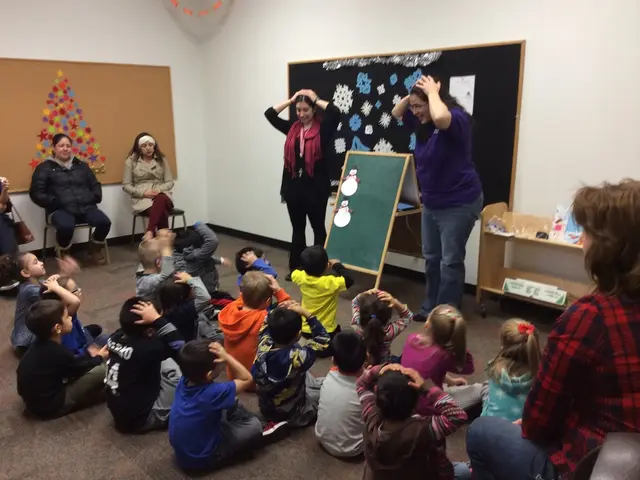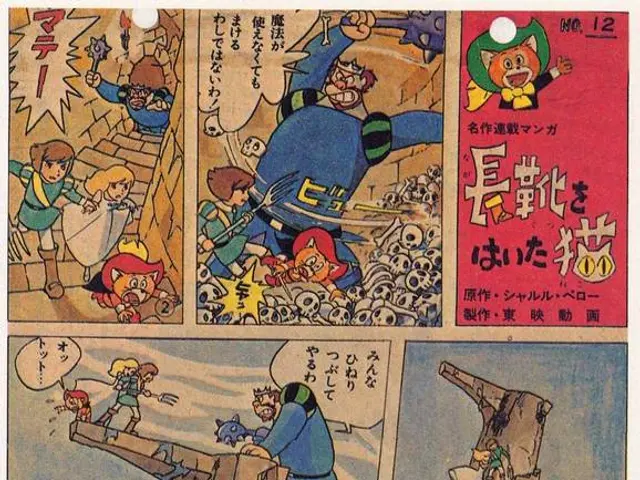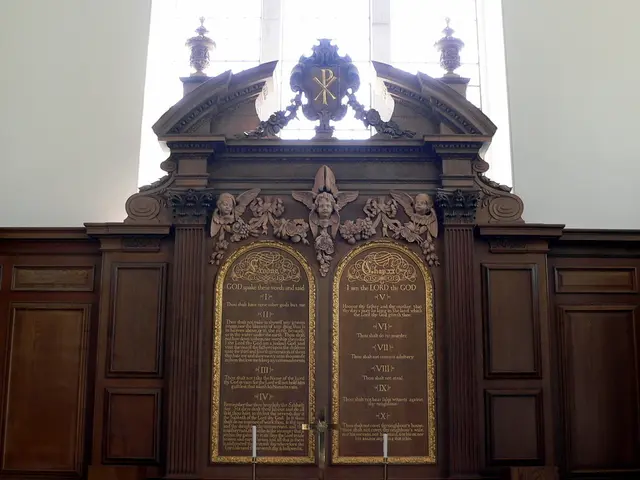"2025-26 ISC Class Twelfth Art Syllabus Available for Free Download as PDF"
ICSE Class 12th Art Syllabus for 2025-26 Now Available Online
The Council for the Indian School Certificate Examinations (CISCE) has released the syllabus for the ICSE Class 12th Art course for the academic year 2025-26. The syllabus is accessible free of charge on the official CISCE website and various educational portals such as Jagran Josh.
The ICSE Class 12th Art syllabus covers both theoretical and practical components, with two major papers: a Theory Paper and a Practical Paper.
Theory Paper
The Theory Paper focuses on art history, aesthetics, and theory. Topics include:
- Art Theory: Understanding art concepts, history, and appreciation.
Practical Paper
The Practical Paper consists of drawing/painting, original compositions, and applied art. Practical work involves drawing and painting from still life, nature, imaginative compositions, and applied art exercises. Specific topics include:
- Drawing and Painting: Observation, composition, and technique.
- Applied Art: Design and application in practical contexts.
Chapters and Topics
The syllabus is divided into several chapters, each focusing on specific aspects of art. Some of the key chapters and topics are:
- Drawing and Painting: Observation, composition, and technique.
- Art Theory: Understanding art concepts, history, and appreciation.
- Applied Art: Design and application in practical contexts.
Marking Scheme
The Practical Paper carries significant marks (often 100 marks), divided among different exercises such as still life, nature, imaginative composition, and applied art. The Theory Paper generally carries around 80 marks. Project work may be assessed separately or incorporated into practical components. The marking scheme emphasizes both creative skills and theoretical understanding.
Exam Details
The practical exams typically have a duration of about 3 hours. The theory paper might be divided into sections testing factual knowledge, understanding, and analytical skills related to art.
Practical Exercises
- Paper 1: Drawing or Painting from Still Life involves a group of objects that may be artificial and natural, including cut flowers, fruits, vegetables, a growing plant, domestic or other artificial objects.
- Paper 2: Drawing or Painting from Nature is divided into two separate sections, A and B. Section A involves studying the structure of natural forms such as a spray or branch, while Section B requires a subject to be set for drawing or painting outdoors.
- Paper 4: Original Imaginative Composition in Colour requires candidates to execute a composition in the examination room after not less than seven days from the distribution of the paper to the candidates.
- Paper 5: Crafts 'A' requires candidates to design and execute the following: the page of a book, book cover, or endpapers; a notice or pictorial poster; a card such as a Christmas card, or invitation card, or an emblem; a patterned paper for a specific purpose.
- Paper 6: Crafts 'B' is restricted to school candidates and requires them to submit at least one and not more than two examples of Craftwork executed during the school year in any one craft from eight specified categories.
ICSE Class 10th Syllabus
The ICSE Class 10th Syllabus for the academic year 2025-26 is also available on the official ICSE website.
For precise chapter-wise breakdowns, detailed course structures, and official marking schemes, the ISC official syllabus PDF for 2025-26 is the best resource to consult.
[1] ICSE Class 12th Art Syllabus 2025-26 - Jagran Josh [3] ICSE Class 12th Art Syllabus 2025-26 - CISCE [5] ISC Class 12 Art Syllabus 2025-26 - CISCE
Engaging in the Practical Paper segments of the ICSE Class 12th Art syllabus for 2025-26 requires dedication to learning and self-development, as it entails working on exercises such as still life, nature drawing, imaginary compositions, and applied art.
Exploring art history, aesthetics, and theory in the Theory Paper is an essential aspect of one's education-and-self-development journey, providing insight into the evolution and appreciation of art.




